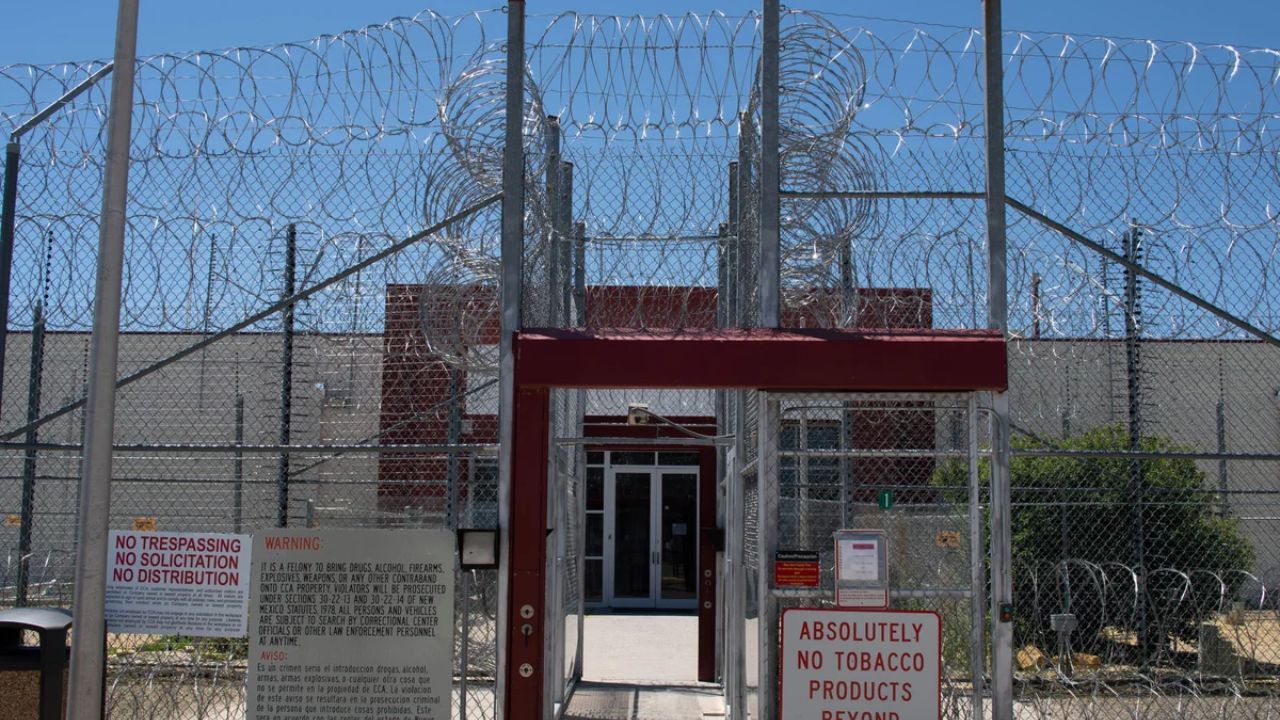In just two weeks, millions of Americans who rely on Supplemental Security Income (SSI) will receive a direct payment of up to $967.
The payment is set to arrive on May 1, and for many, it offers critical financial relief. These payments are especially meant for people with serious disabilities who are unable to work or earn a steady income.
According to the Social Security Administration (SSA), SSI is not just for anyone with a medical condition—it’s meant for those whose condition either greatly limits their daily activities or is expected to result in death.
This means that only those with severe physical or mental conditions, or those who are partially blind, and who are unable to work for at least 12 months, are eligible to receive this benefit.
The payment amount varies depending on the person’s situation. An individual can get up to $967 a month. If a couple applies together, they may get up to $1,450. Also, there is a special category called “essential persons.”
These are people who help take care of an SSI recipient, and they can get up to $484. These payment amounts have increased slightly due to a 2.5% adjustment for inflation.
It’s very important to understand that SSI is not the same as Social Security benefits. Even though both are handled by the SSA, getting one doesn’t mean you automatically qualify for the other.
Many people don’t realize this and expect to get both without applying separately or meeting different requirements. That’s why people must know the difference when planning their finances.
In the broader picture, Social Security covers various groups of people. Retired workers, who form the largest group of recipients, receive an average monthly payment of around $1,980.
Disabled workers get an average of about $1,580 per month. Survivors, like children or spouses of deceased workers, usually get around $1,547. And those receiving SSI alone get roughly $715 on average.

If you’re unsure about how much you’re supposed to receive, the SSA provides an online benefits calculator.
It’s a useful tool where you can enter your details and get an estimate of your benefits. This can help people plan better and avoid surprises when the payment hits their account.
As the payment date nears, it’s a good idea to keep an eye on your bank account or mailbox, depending on how you receive your payments.
If by any chance the money doesn’t show up on May 1, beneficiaries are asked to wait for at least three business days before reaching out to the Social Security office. Delays can happen, but most payments are processed on time.
This upcoming SSI payment brings some much-needed stability to households that depend on it to cover basic needs like rent, groceries, medicine, and transportation.
For those who are eligible and have already completed their paperwork, there’s nothing extra to do. The money will be automatically sent in the same way as previous payments have been delivered.
For millions of Americans, SSI is not just financial support—it’s a lifeline. With May 1 around the corner, these payments will once again bring some peace of mind and a sense of security to those who need it most.
Disclaimer- Our team has thoroughly fact-checked this article to ensure its accuracy and maintain its credibility. We are committed to providing honest and reliable content for our readers.






